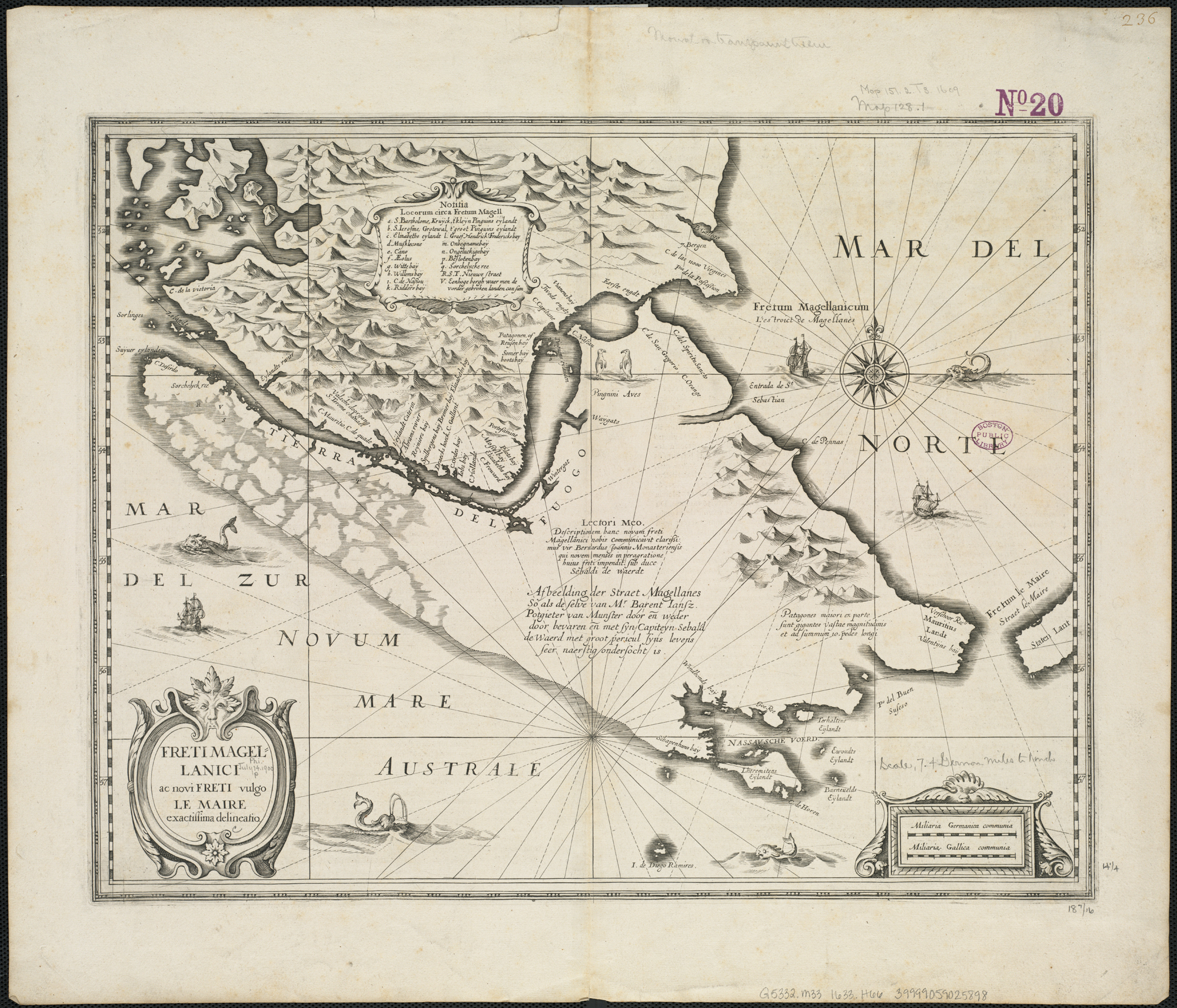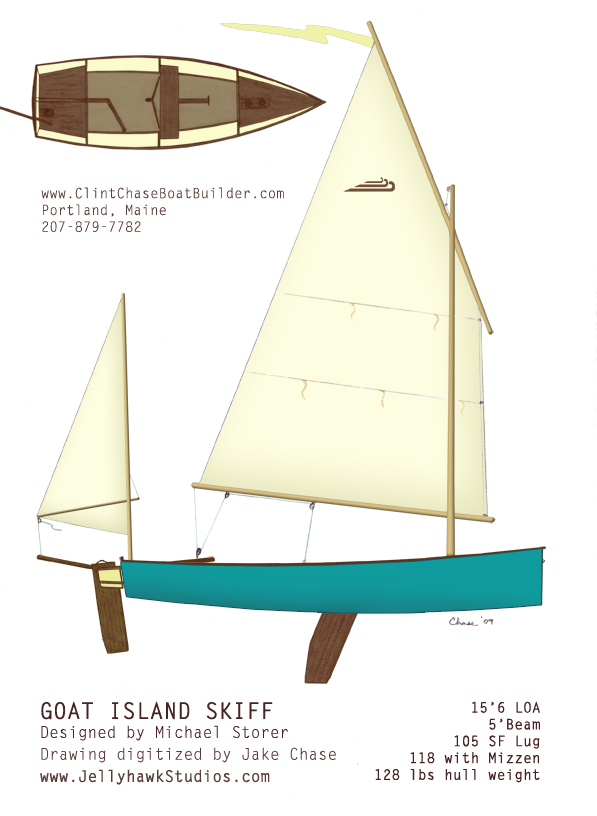U.S. lobster loses key global sustainability label - Portland Press Herald
The U.S. lobster industry has lost the sustainable seafood certification it needs to sell into some of the most prestigious markets around the world because an international auditor has concluded its rope-heavy fishing methods pose a deadly entanglement threat to the highly endangered North Atlantic right whale.
The Marine Stewardship Council, an independent, London-based nonprofit that sets sustainable fishing standards, is suspending its certification of the U.S. Gulf of Maine lobster fishery on Aug. 30. An emergency audit conducted by a third party unrelated to the fishery or the council concluded that the fishery, first certified in 2016, is no longer well managed or sustainable.
“Existing management measures are not likely to achieve the national requirements for the protection of right whales,” concluded MRAG Americas Inc., the MSC-hired contractor that conducted the 80-page audit. “There are more (whale) mortalities due to pot gear entanglement than (federal law) indicates is required not to hinder the recovery of the (whale) population.”
Starting in September, wholesalers and retailers who sell U.S.-landed Gulf of Maine lobster can no longer use the council’s trademarked “eco-label” of a blue-and-white fish that signals to buyers the product is sustainable – meaning that it is not overfished, the fishery itself is well managed and does not harm another overfished or endangered species.
The council’s certification is considered the gold standard of sustainable seafood, embraced by high-volume lobster buyers such as Whole Foods, Hilton, Royal Caribbean and Walmart, but it is not the only eco-label out there. Monterey Bay Aquarium, Gulf of Maine Research Institute and the federal government have their own labels, all of which still rate the fishery as sustainable.
But the council’s suspension hurts, said Hugh Reynolds, owner of Greenhead Lobster in Stonington. Greenhead doesn’t even use the council’s eco-label – Reynolds didn’t think it worth the “sizable” cost wholesalers and retailers paid for annual audits and use of the label – but he realizes that it buoyed the brand value of the entire industry.












